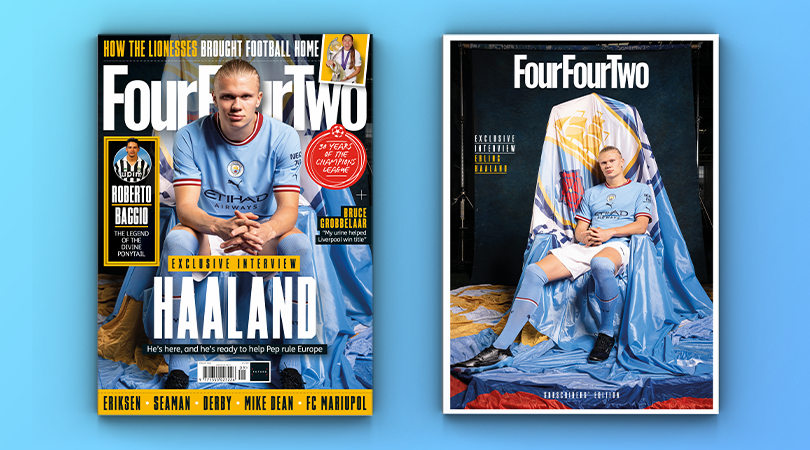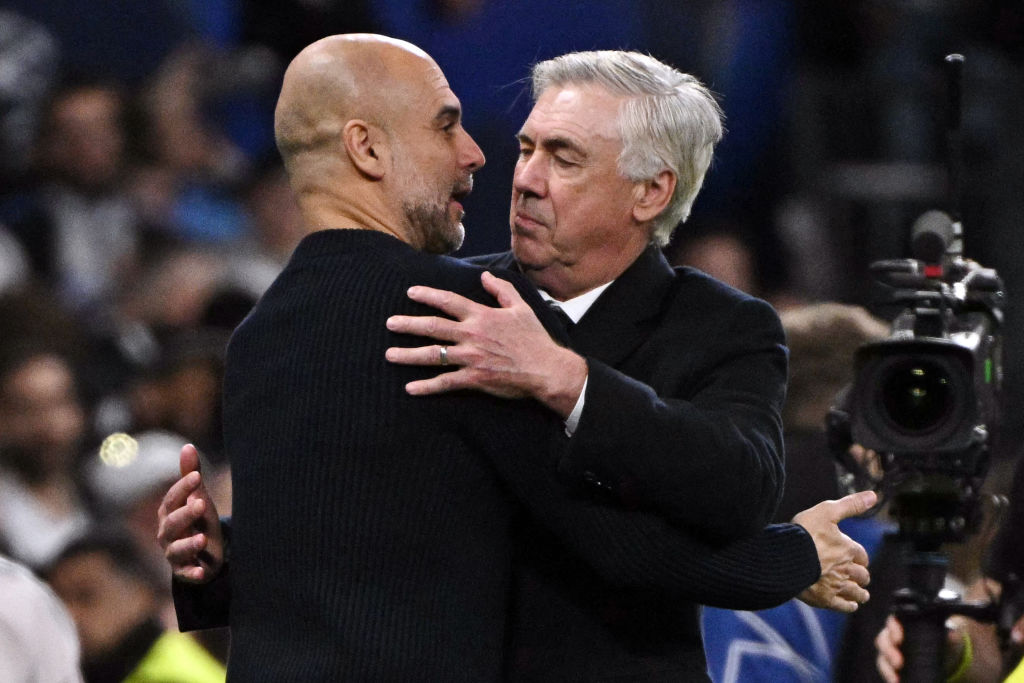Are Liverpool’s owners too risk averse in the transfer market?
Jurgen Klopp is usually supportive of Liverpool's business in the transfer window – but even he has recently the Reds could be doing more

“Let me say it like this; from time to time I would be ready to risk a bit more” – the words of Jurgen Klopp when discussing Liverpool’s transfer policy two days before the transfer deadline.
Liverpool are, publicly even, still on the hunt for a late signing – something the Merseysiders have rarely done in recent years, with their transfer business typically being done efficiently and early. This summer marks a change in approach after a change in circumstances.
Klopp’s words that he would like the club to be a little more risky in the transfer market was quite the admission from the boss, who has consistently spoken of being fine with owners Fenway Sports Group’s approach.
Had Klopp said this at another time, not when openly admitting that they are searching for a midfielder in the final 48 hours of the transfer window, it may have caused more of a stir.
Certainly, Klopp’s stance is one that many supporters agree with. One that is heightened by the spending of rivals who have a different financial approach.
Self-sufficient and ‘sell to buy’
FSG, upon purchasing the club in 2010, always stated that their aim was for the club to be ‘self-sufficient’ and that philosophy has got them a long way.
The Americans cleared the debt, made Liverpool profitable in areas the club had been way behind their rivals, and overhauled the scouting, analysis and transfer department. It has undoubtedly been a success.
Get FourFourTwo Newsletter
The best features, fun and footballing quizzes, straight to your inbox every week.
Achieving substantial fees for player sales has allowed high-quality players to be acquired for record transfer fees. There’s also been the fair share of identifying players whose potential has been nurtured under Klopp’s leadership.
However, there is a feeling that Liverpool often leave themselves a little short.
Consistently, Klopp – at least publicly – insists he’s not only okay with, but prefers working with a small squad. He also, admirably and arguably rightly, speaks of developing young players and how new signings can block pathways.
You can’t laud the progress of, say, Trent Alexander-Arnold, while also clamouring for a new signing as soon as there’s an issue. Alexander-Arnold was a midfielder at youth level but Liverpool identified there was a pathway into the first team for him at right-back, so when the opportunity arose in 2017 due to injury to Nathaniel Clyne, the then-teenager quickly established himself and we all know how it went from there.
Now, while admitting the need for a midfielder, Klopp is also keen not to block the pathway for the likes of Harvey Elliott (19), Fabio Carvalho (20) and even Stefan Bacjetic and Bobby Clark (17). It’s admirable, but for some there will be a nagging feeling of ‘tomorrow never comes.’
Liverpool’s rivals won’t wait around, and in the meantime, if success isn’t achieved, then is it a wise move? Long-term perhaps, but then we can’t control the long term.
One of Liverpool’s leading data analysts, Dr. Ian Graham, once explained how “half of all transfers fail.” That’s across football, not just for Liverpool.
Graham explained seven variables why a transfer can fail, and his view can perhaps explain why Liverpool take a slightly different approach to simply attempting to solve issues with transfers.
It opens up an interesting debate: can you be more in control that a signing will be a success, or that a young player can become a success? There really is no easy answer to that and it’s a difficult balancing act. Your infrastructure and personnel are key to making those happen.
When you look at it like that, though, you can see why Klopp and FSG are so well aligned. Klopp has repeatedly mentioned how he looks for “football solutions” to problems. He isn’t exactly a fan of just signing a player for the sake of it - just ask Ben Davies.
Missing the prime
“We have three very young midfielders,” said Klopp this week, naming Elliott, Bajcetic and Clark.
“Then we have in the best football age – 25, 26,” he added – and this is where Liverpool have no midfielders in this range. Of their nine midfielders, Curtis Jones is 21 and the next is Naby Keita at 27. That’s a large gap in the range that would be considered in their prime.
“We will have an eye on that, definitely,” says Klopp. “I understand all these kinds of things.”
You will no doubt hear the word transition used a lot about Liverpool this season and it’s certainly a transition period as Klopp balances the move from a team and squad that changed very little in the preceding five years, to a new one built for the future.
Liverpool have acquired some very high potential young players, and in the likes of Elliott, Carvalho, Ibrahima Konate, Alexander-Arnold, Luis Diaz and Darwin Nunez, the next evolution of the squad is clear.
But what’s missing is those players already in their prime years, especially in midfield. Can you achieve success without these such players? Perhaps we’re about to find out. Liverpool almost achieved it last season, but ultimately didn't, missing out in the narrowest of margins - a margin that you could argue would have been reduced by a midfielder in their prime.
For comparison, Man City have Rodri, Bernardo Silva, Kalvin Phillips and Jack Grealish in that prime age range between 25 and 28. As ever, that’s the issue for Liverpool, up against such resources.
Risk and reward
This is where Klopp’s comments on being a bit riskier come into play even more. To compete with City you need to be near-perfect; you need success in the transfer market; you need young players fulfilling their potential; you need some luck with injuries.
But could all that be helped by being a bit riskier? Not putting the club in jeopardy risk, but adding that one player Liverpool seem to always be short every summer.
“It must always be short and long-term [solution],” says Klopp. Acquiring a player who doesn’t fit both of those will only create problems down the line - signed to a long-term contract, blocking the pathway of a young player, on wages that are no longer in line with their squad status, upsetting the squad’s harmony. These are the things to consider.
For Klopp and FSG, they must weight up those aspects when he says about risk, not necessarily just the financial side.
Perhaps ultimately, the argument around being riskier comes down to business vs. football. From a football perspective, Klopp and supporters would like to be a bit riskier, but from a business perspective, Liverpool should remain more risk averse as it has done them well so far.
But supporters don’t want to only ‘do well’ they want success. They want trophies. They don’t want to look back on this era under Klopp and see just one league title won - that being behind closed doors.
Being a bit riskier could bring all sorts of rewards - at least in the short term. And isn’t that what matters most? Winning trophies now, not a tomorrow that may never arrive.
Matt Ladson is the co-founder and editor of This Is Anfield, the independent Liverpool news and comment website, and covers all areas of the Reds for FourFourTwo – including transfer analysis, interviews, title wins and European trophies. As well as writing about Liverpool for FourFourTwo he also contributes to other titles including Yahoo and Bleacher Report. He is a lifelong fan of the Reds.

